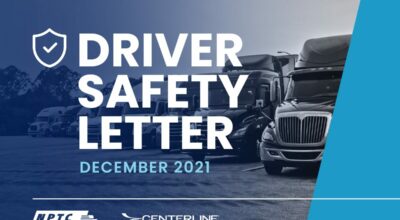 Safety Letter
Safety Letter
NPTC Safety Article- December 2021 -Holiday Driving
With the holiday season in full swing, you are likely to experience some additional traffic challenges that demand your attention, patience and understanding. Learn some tips to stay safe this season.